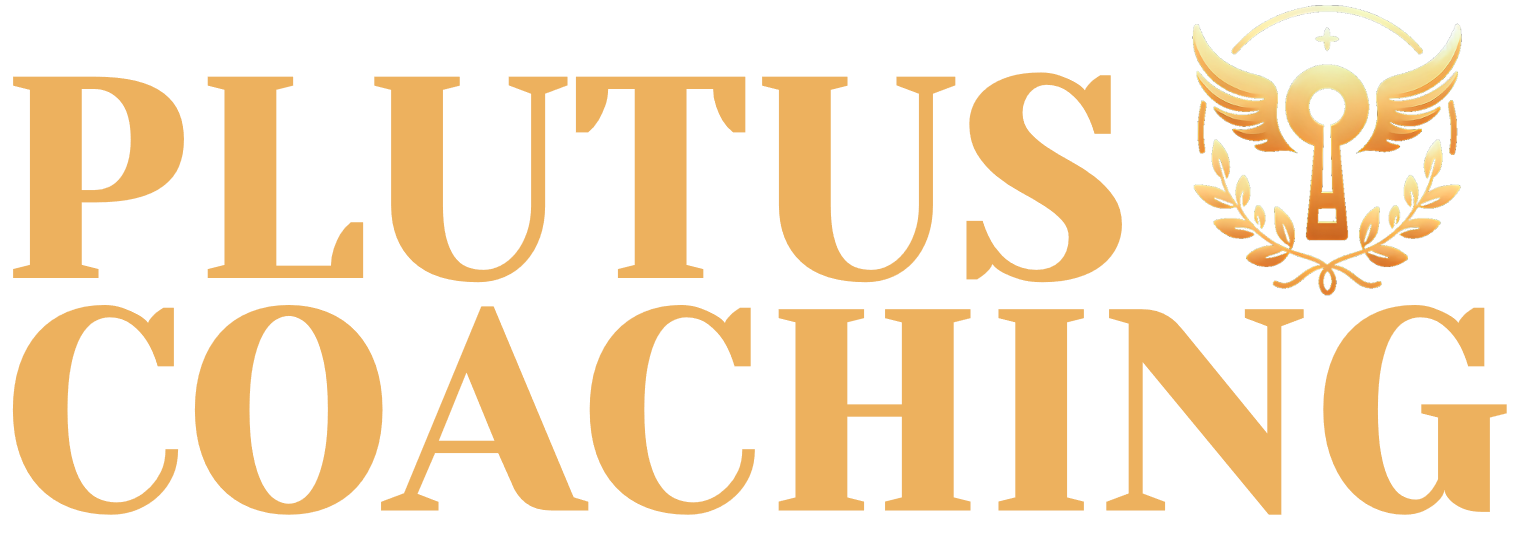If you’ve ever left a boardroom meeting feeling flustered and unheard, this article is for you. Boardroom meetings can be stressful environments. They’re where big decisions are made, strategies are debated, and sometimes, tensions run high. It’s easy to get caught up in the heat of the moment, but maintaining composure and objectivity is crucial for effective leadership and decision-making. We’ll explore practical techniques to help you stay calm, focused, and objective, even when the boardroom gets heated.
Understanding the Roots of Stress
Before diving into solutions, it’s helpful to understand why boardroom meetings can be so stressful. Several factors contribute to this tension:
- Fear of Judgment: Many people worry about being perceived as incompetent or making mistakes in front of colleagues and superiors. This fear can be amplified in high-stakes situations where important decisions are being made.
- Lack of Control: Feeling unheard or unable to influence the direction of the meeting can be a significant stressor. This can be particularly challenging when dealing with unpredictable events or unexpected challenges.
- Internal Stressors: Our own internal state can significantly impact how we experience stress in meetings. Fears, such as the fear of failure or public speaking, can heighten anxiety. Our beliefs and expectations also play a role. If we hold rigid beliefs or have unrealistic expectations, we may be more prone to stress when things don’t go as planned.
- Workplace Stressors: The broader workplace environment can also contribute to stress in meetings. Excessive workload demands, tight deadlines, and lack of support from colleagues or superiors can all take a toll.
- Conflicting Personalities: Boardrooms often bring together diverse individuals with different communication styles and perspectives, which can lead to clashes and misunderstandings.
It’s important to remember that stress isn’t always a bad thing. A moderate amount of stress can actually be beneficial, keeping you alert and focused during the meeting. The key is to manage stress effectively so that it doesn’t become overwhelming and hinder your performance.
Practical Techniques for Staying Calm
In-the-Moment Strategies
- Breathe Deeply: When stress kicks in, your heart races, and your breathing becomes shallow. Slow, deep breaths can help calm your nervous system and regain control. There are various breathing techniques you can try:
- Box breathing: Inhale for a count of 5, hold for 5, exhale for 5, and hold for 5.
- 4-7-8 method: Inhale for 4 counts, hold your breath for 7, and exhale for 8 counts.
- Focus on Your Body: Bring your attention to physical sensations, such as your feet on the floor or your hands on the table. This can help ground you in the present moment and reduce the feeling of being overwhelmed.
- Visualize a Calm Place: Take a moment to picture a peaceful setting, such as a beach or a forest. Engage as many senses as possible in your visualization to make it more effective. Imagine the sounds of the waves, the smell of the salty air, and the feel of the warm sand.
- Take Notes: Writing down key points can help you stay engaged and focused, preventing your mind from racing with anxious thoughts. If possible, handwrite your notes, as this can further enhance focus and reduce stress.
- Relax Your Face: When we become tense, we often furrow our brow, clench our jaw, and tighten our facial muscles. Consciously relaxing your face, especially softening your eyes, can help release tension and promote a sense of calm.
- Take a Break: If tensions are escalating, a short break can provide a much-needed reset. Use the restroom, grab a drink of water, or step outside for some fresh air. Even a few minutes of physical activity can help alleviate anxiety.
- Use Calming Scents: Consider using a lavender-scented moisturizer or sipping chamomile tea. Studies have shown that lavender can significantly decrease stress levels, and chamomile has traditionally been used to promote relaxation.
- Acknowledge the Emotional Temperature: If the meeting becomes intensely stressful, acknowledge the tension in the room. You can say something like, “I’m sensing some tension in the room. It seems like everyone’s feeling the pressure.” Then, invite people to name their emotions. This can help de-escalate the situation and create a more open and understanding environment.
Pre-Meeting Preparation
- Get Your Story Straight: Thoroughly prepare your facts, figures, and arguments. Anticipate potential questions and rehearse your responses.
- Own the Space: If possible, familiarize yourself with the meeting room environment beforehand. Walk around the room, sit in different chairs, and get comfortable with the surroundings. This can help reduce anxiety by increasing your comfort in the setting.
- Set Clear Objectives: Define your desired outcome for the meeting. What are your non-negotiables? What are you willing to be flexible on?
- Visualize the Meeting: Spend a few minutes visualizing the meeting, including who will be there, the topics discussed, and potential challenges. This can help you mentally prepare and reduce anxiety.
- Build Connections: If possible, connect with stakeholders before the meeting to understand their perspectives and build rapport.
Maintaining Objectivity
- Active Listening: Pay close attention to what others are saying, even if you disagree. Ask clarifying questions and summarize their points to ensure understanding.
- Curious Listening: Practice listening to understand others’ perspectives without judgment. This can help de-escalate conflict and foster collaboration.
- Separate Emotion from Fact: Recognize that strong emotions can cloud judgment. Focus on the objective facts and data presented, rather than getting caught up in personal opinions or attacks.
- Challenge Your Assumptions: Be willing to question your own beliefs and biases. Actively seek out contradictory evidence and consider alternative perspectives.
- Focus on the Goal: Keep the meeting’s objectives in mind. If the discussion veers off track, gently steer it back to the main purpose.
- Speak Up Respectfully: Don’t be afraid to share your opinion, even if it differs from others. However, always do so respectfully and be willing to consider different viewpoints.
- Adapt Your Operating Model: In prolonged high-stress situations, consider adapting your personal operating model. This involves adjusting your priorities, roles, time, and energy to better cope with the demands.
- Set Intentions: Take a few minutes at the beginning of each day to set your intentions for upcoming meetings. Visualize how you want the meeting to unfold and how you will respond to potential challenges. This can help you stay focused and regulate your emotions.
Mindfulness techniques can be incredibly helpful in maintaining objectivity. Mindfulness is a way of being present, paying attention to, and accepting what is happening in our lives. It helps us to be aware of and step away from our automatic and habitual reactions to our everyday experiences.
Relaxation Techniques for Stress Relief
Relaxation techniques are not just about peace of mind; they offer a range of physical and mental benefits that can help you manage stress more effectively. These techniques can:
- Slow your heart rate
- Lower blood pressure
- Improve digestion
- Improve sleep quality
- Reduce fatigue
- Boost confidence to handle problems
Here are a few relaxation techniques to consider:
- Progressive Muscle Relaxation: This technique involves systematically tensing and relaxing different muscle groups in your body. It helps you become more aware of physical sensations and the difference between tension and relaxation.
- Visualization: Create mental pictures to take a visual journey to a peaceful, calming place or situation.
- Meditation: Focus your attention on something calming, such as your breath, a mantra, or an image, to quiet the mind and reduce stress.
- Yoga: Combine physical postures with controlled breathing and meditation to promote flexibility, balance, and a calm mind.
- Tai Chi: This gentle form of exercise involves slow, flowing movements and deep breathing to promote relaxation and reduce stress.
Identifying and Managing Stress Triggers
Effective stress management starts with identifying your sources of stress and developing strategies to manage them. Common triggers in boardroom settings include:
- Fear of judgment or criticism
- Lack of control or influence
- Interpersonal conflicts
- Unclear expectations or goals
- Excessive workload demands
- Tight deadlines
Once you’ve identified your triggers, you can develop strategies to manage them. These might include:
- Self-reflection: Take time to understand your own reactions to stress and identify patterns in your behavior.
- Reframing thoughts: Challenge negative thoughts and try to see situations from a different perspective.
- Communication techniques: Practice assertive communication and learn how to express your needs and opinions clearly and respectfully.
- Mindfulness: Pay attention to your thoughts and feelings without judgment, which can help you become more aware of your triggers and choose how to respond.
- Time management: Prioritize tasks and manage your time effectively to reduce the feeling of being overwhelmed.
The Power of Self-Care
Self-care plays a vital role in stress management and building resilience. When you prioritize your well-being, you’re better equipped to handle challenging situations. It’s not selfish to love yourself and take care of your needs. In fact, self-care is essential for “refueling our own reserves of compassion, patience, and energy.”
- Prioritize Sleep – Improves mood, enhances cognitive function, reduces stress
- Eat a Healthy Diet – Provides energy, improves mood, supports overall health
- Exercise Regularly – Reduces stress, improves mood, boosts energy levels
- Make Time for Relaxation – Calms the mind, reduces tension, improves focus
- Practice Mindfulness – Increases awareness, helps manage emotions, reduces stress
- Set Boundaries – Protects your time and energy, reduces stress
- Avoid Unhealthy Habits – Reduces stress, improves health
To make self-care a priority:
- Set self-care goals: Be specific about what you want to achieve, such as meditating for 10 minutes each day or going for a walk three times a week.
- Set boundaries: Learn to say no to things that drain your energy or cause unnecessary stress.
Building Long-Term Resilience
Resilience is the ability to bounce back from setbacks and challenges. It’s not about avoiding stress altogether, but rather developing the skills to cope with it effectively.
To build resilience:
- Develop Healthy Coping Mechanisms: Identify healthy ways to manage stress, such as exercise, relaxation techniques, or spending time with loved ones.
- Learn from the Past: Reflect on how you’ve handled challenges in the past. What worked well? What could you have done differently?
- Focus on Your Strengths: Identify your strengths and use them to your advantage. Remind yourself of your past successes and capabilities.
- Seek Support: Don’t hesitate to reach out to friends, family, or a mental health professional for support during difficult times.
- Make Every Day Meaningful: Set achievable goals and find purpose in your daily activities. This can help you maintain a positive outlook and build resilience beyond just coping with setbacks.
- Focus on the Four Core Components: Resilience can be understood through four core components: connection, wellness, healthy thinking, and meaning. Focus on building these components in your life to enhance your overall resilience.
Maintaining calm and objectivity in intense boardroom meetings is a valuable skill for any leader. By understanding the roots of stress, practicing in-the-moment strategies, and prioritizing self-care and resilience, you can navigate challenging situations with grace and composure. Remember that staying cool under pressure not only benefits your well-being but also enhances your ability to make sound decisions and lead effectively. Experiment with the techniques and strategies outlined in this article to discover what works best for you in managing stress and maintaining objectivity in the boardroom.





